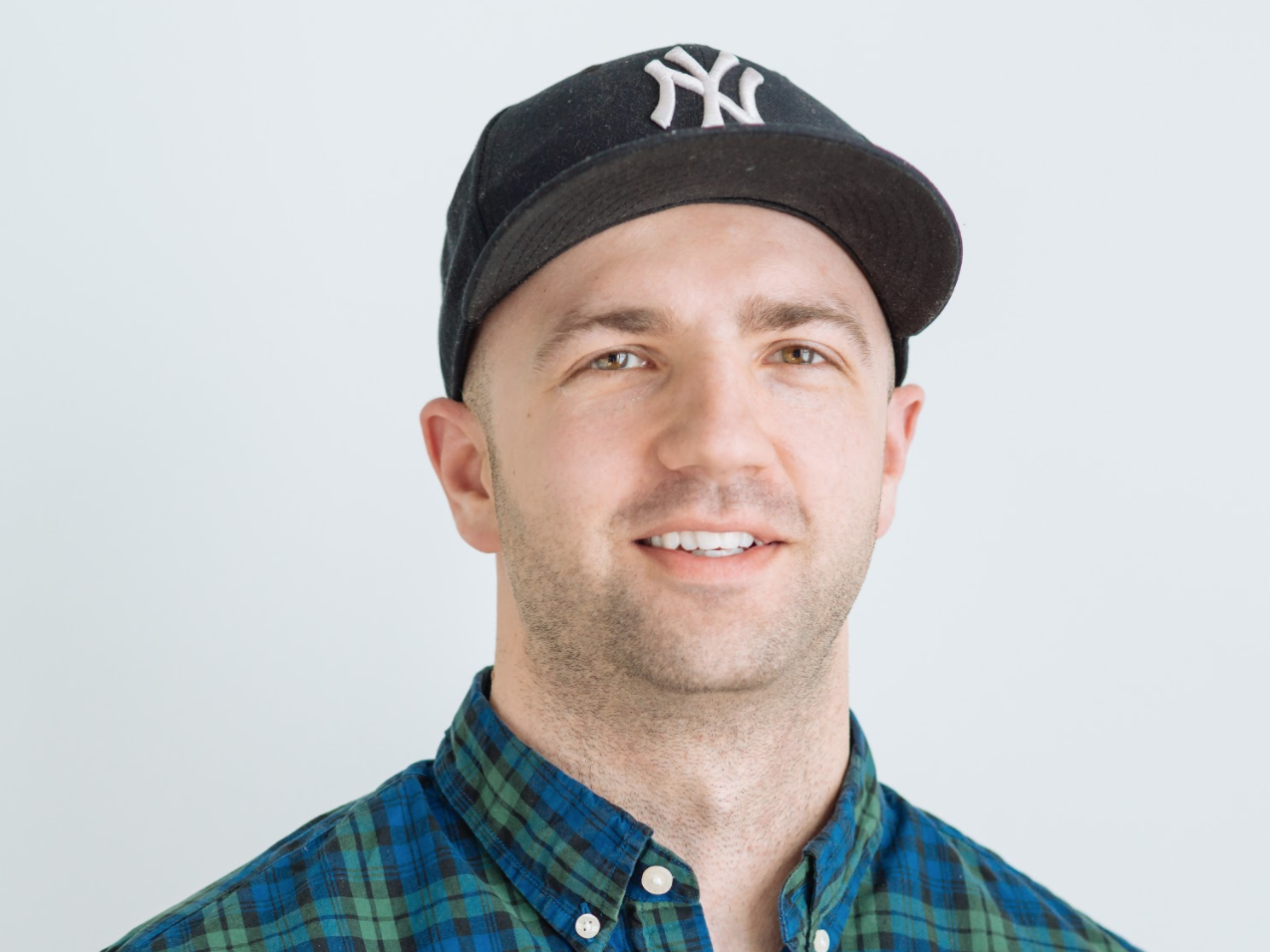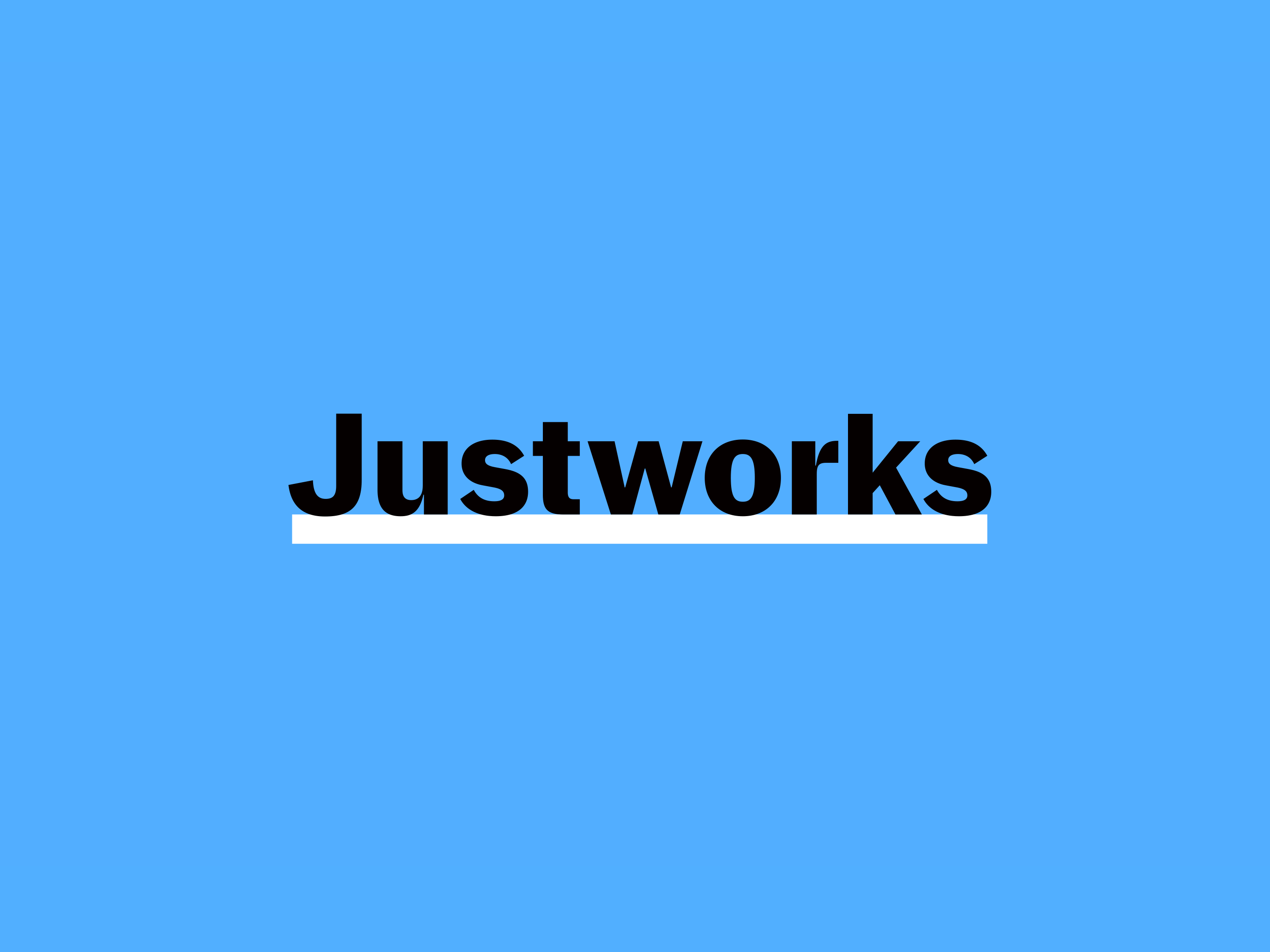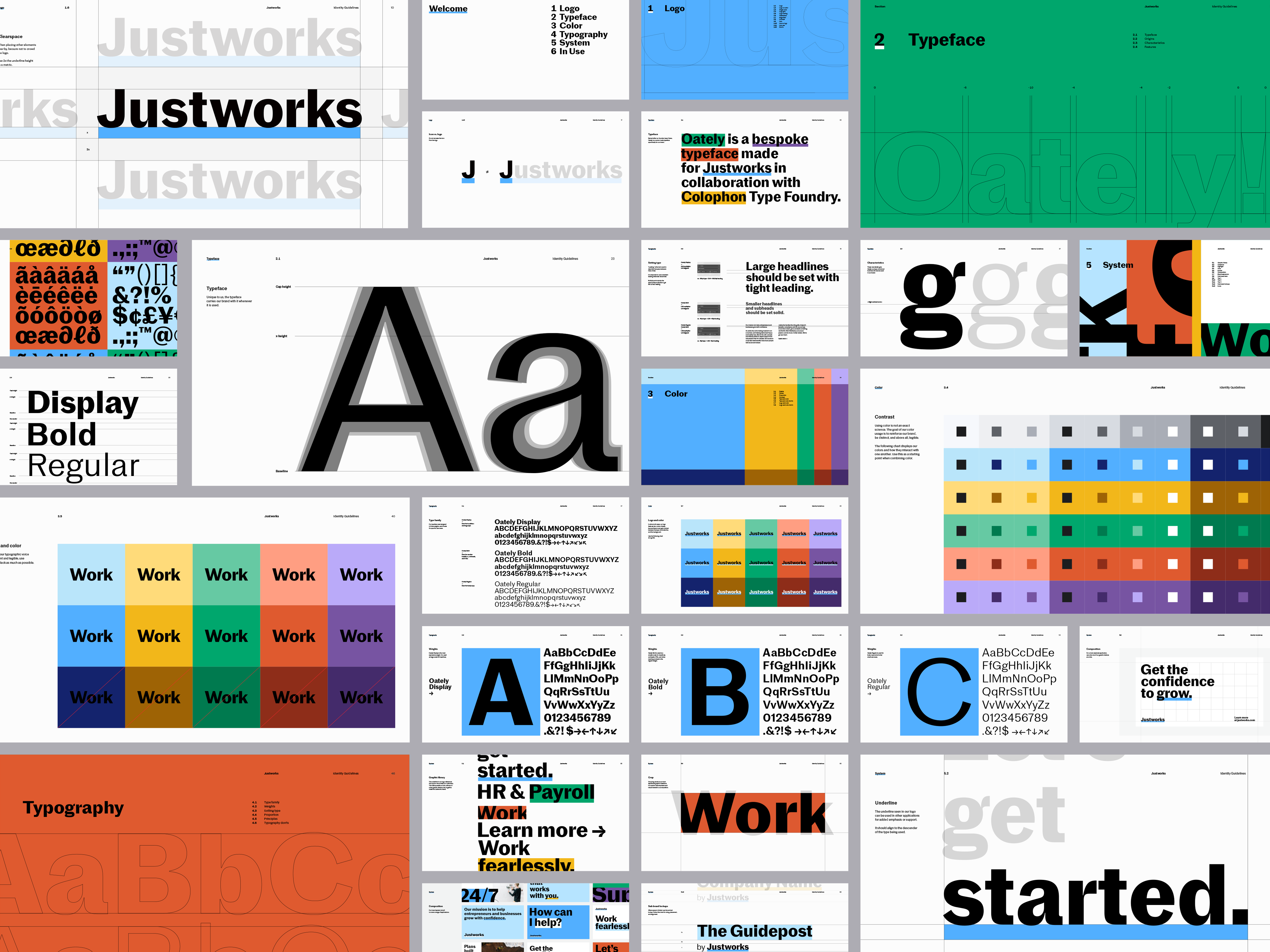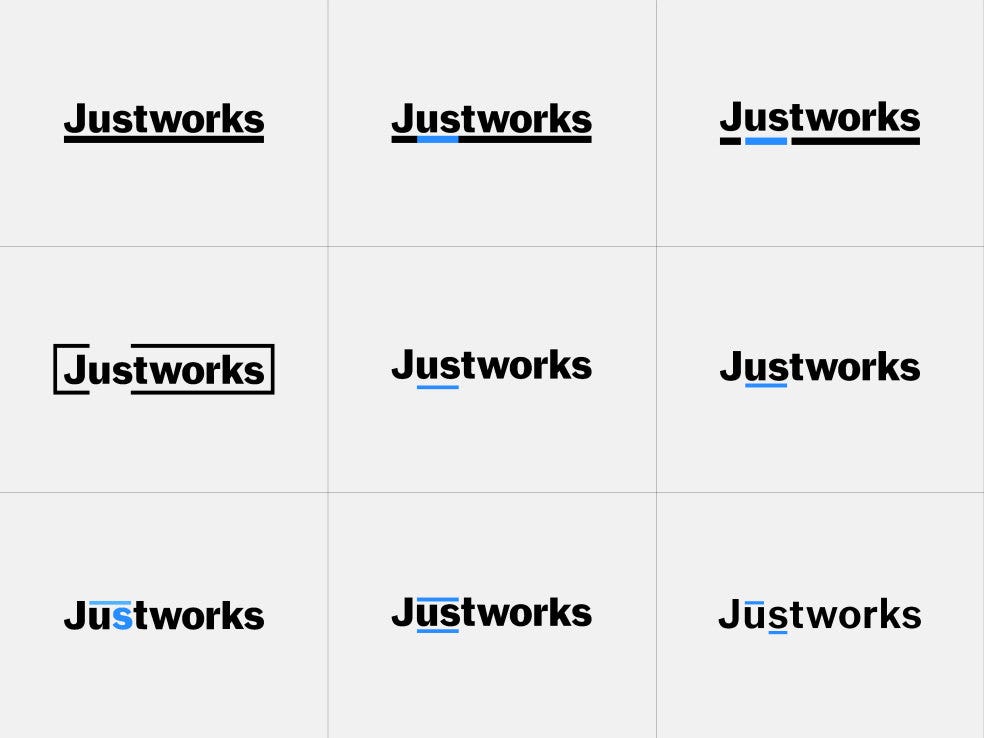
Courtesy of Justworks
- Payroll and benefits platform Justworks recently launched a new look for its brand, including a fresh logo, updated colors, and an original typeface.
- The company’s senior product designer Chris Carbo explained how the company started the year-long process and gave his tips for other companies looking to freshen up their brand identity.
- He said a rebrand should fit the personality of your company as well as how it has matured — don’t rebrand until you’re confident in who you are.
- This is article is part of a series called Small Business Ingenuity, which is focused on helping small businesses digitally transform.
If you’ve logged onto HR and payroll company Justworks lately you’ve probably noticed a change in the website’s appearance. It’s not too obvious, but feels crisper, like sipping a refreshing drink on a summer day.
Subtlety was one of the company’s objectives in the brand refresh they completed this fall. Since launching in 2012 as a Professional Employer Organization (PEO), Justworks now has 100,000 co-employees, meaning Justworks disburses benefits and payroll on behalf of small businesses and mid-sized companies with two to 200 employees. Clients include Axios, TodayTix, and Ouai. With these milestones came a desire to reinvent the company’s aesthetic.
Justworks’ senior product designer, Chris Carbo, told Business Insider that the company had been talking about a rebrand since he started working there three and a half years ago. “We’ve grown quite a lot, so we wanted to make sure that our visual design and language system was coming through in the same way,” he said. At the onset of the pandemic, the team was in the middle of fine-tuning the plan and putting together user guidelines for the new branding assets. In October, Justworks rolled out an updated logo, typeface, and colors.
Carbo walked us through the year-long process of Justworks’ rebrand, from initial conversations to the final push into the internet universe. He explained important principles business owners should keep in mind if they’re considering a rebrand of their own.
The steps to refreshing your brand

Courtesy of Justworks
Justworks started discussing the project around October 2019, Carbo said. Once it was approved, he and his team put together a request for proposal (RFP) to explain what they were looking for and what they wanted to achieve from the project. Then they interviewed design agencies and studios to hire.
They went with Order, a design studio based in Brooklyn, New York, with which Justworks had partnered for a previous project and also happens to be a customer. "We were really intrigued by what they had done and we connected really well based on what they had presented and what we were looking for," Carbo said.
By January, Order presented three different concepts for Justworks to choose from, followed by check-in meetings as their selected concept progressed. Order cofounder and partner Hamish Smyth said the companies were in constant contact and their previous knowledge and experience with the company gave them a leg up.
"Justworks works hard on their company culture, and it showed in how they treated a partner like us," Smyth said. "They really listened to our recommendations, but also pushed us at the right times."
The final touch was creating a unique typeface, or font, to represent Justworks' brand. Order suggested another collaborator, Colophon Foundry, a company that specializes in designing typefaces for retail and media. The resulting custom typeface was named "oatley" after Justworks' founder and CEO Isaac Oates.
"By designing a custom typeface, not only would they save on annual typeface licensing fees, but every employee would be able to create branded materials all by simply selecting the Justworks typeface in their software of choice," Smyth said.
Testing on digital and communicating throughout the process

Courtesy of Justworks
As Order and Colophon sent files over, Justworks tested out the new design elements to ensure they translated on the technical side. Carbo's team was impressed with the visuals, but he said it was most important they worked on the backend. For example, a brand may like how a script font appears visually, but if it's difficult for customers to read on mobile, it could do more harm than good. Similarly, colors look different on a computer screen than on paper. Companies need to consider how visuals translate digitally when they're creating a brand identity.
Carbo's team of designers and engineers communicated updates through a feedback loop. Throughout the process, it was not only important to communicate between teams, but with the entire company.
"We kept up through Zoom calls and sharing that information with the rest of the company through Zoom," he said. "In terms of working with the engineers for implementation, it wasn't too much different than any other project."
Communication started from the top, signaling that leadership was firmly behind all these changes and keeping Justworks' stakeholders updated.
"They were really great because they trusted us," Carbo said. "They knew what we were doing and were fully behind our decisions, which was really empowering."
Plan to have extra time and release changes gradually

Courtesy of Justworks
Carbo said the project took longer than expected, so it's always good to plan for more time than you think you need. Justworks officially launched its new look in October, a year after the project was greenlit, and in the middle of a global pandemic. "We weren't really working against a deadline, so we were able to accommodate for that extra needed time," he said.
One of the most important parts of the process was releasing updates gradually, so as not to shock customers with drastic changes. Justworks didn't want to stray too far from the branding people already recognized, so the team made minor tweaks to the colors, for example. "Rather than just release everything all at once. It's been easier just to have those changes come through over time," he said.
Lastly, a rebrand should fit the personality of your company as well as how it has matured. Don't consider refreshing your branding until you're confident in who you are.
"If you're still trying to identify who you are as a company that's going to change and grow," Carbo said.

